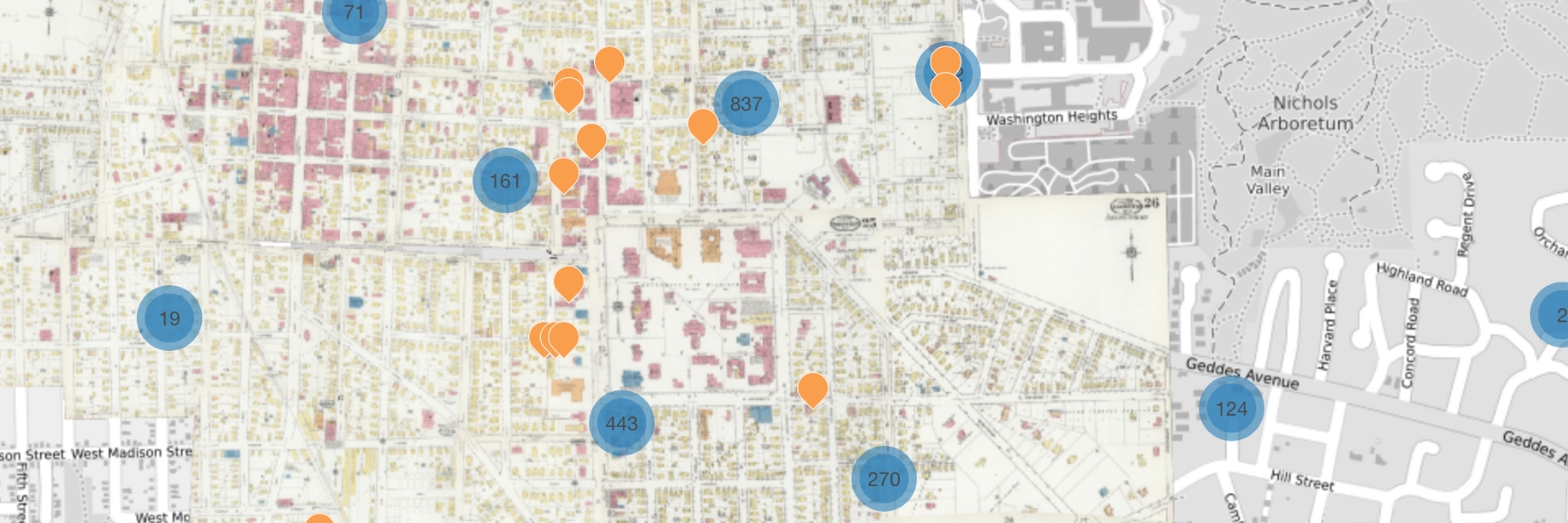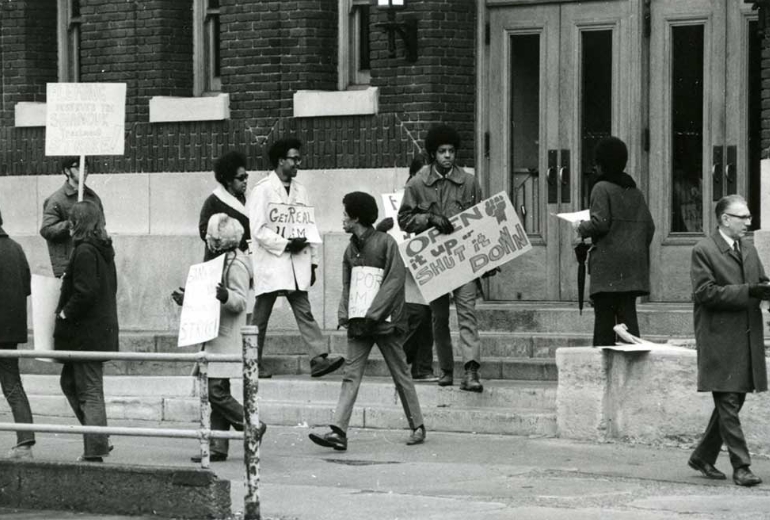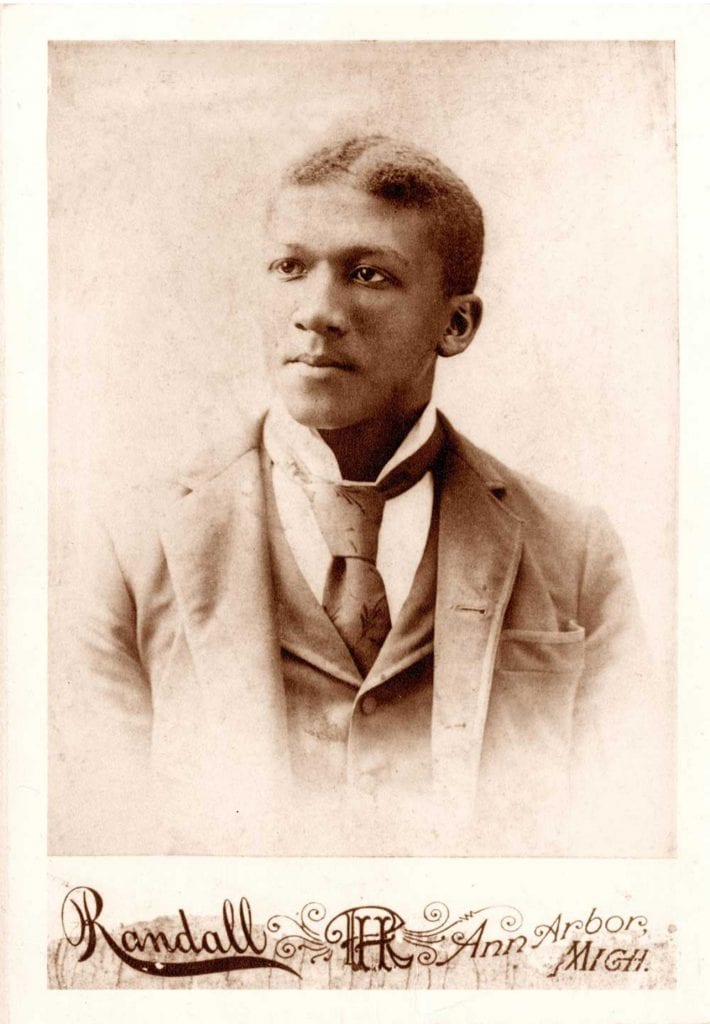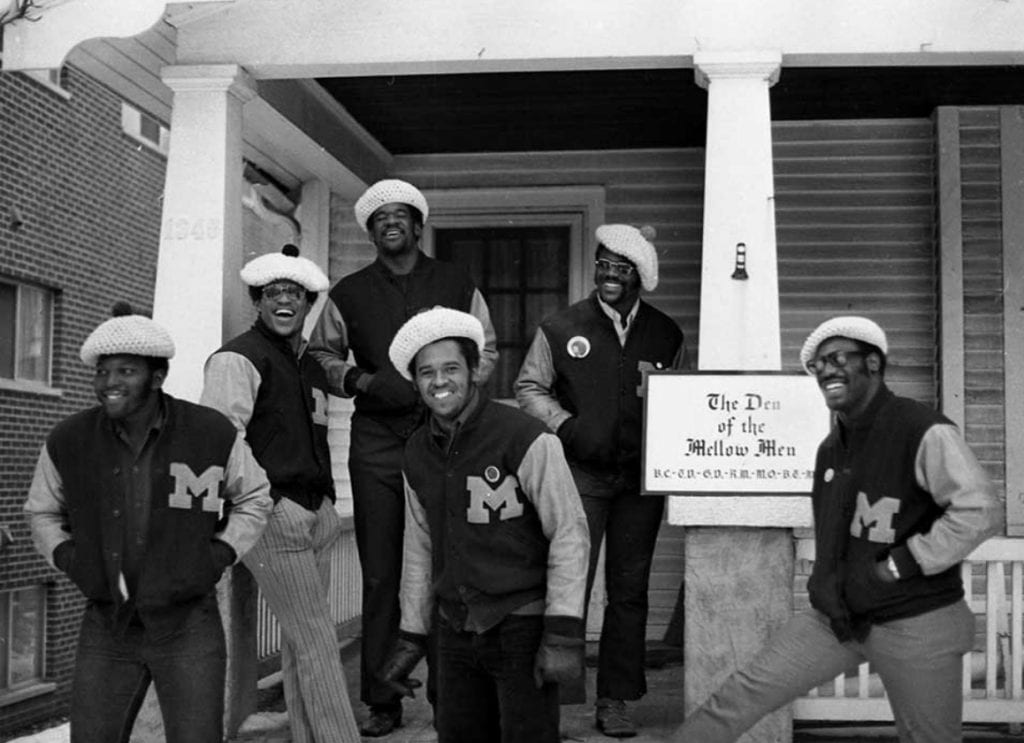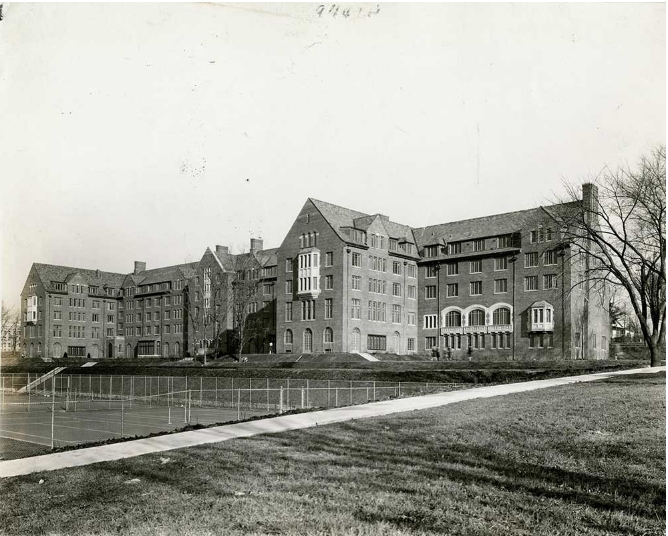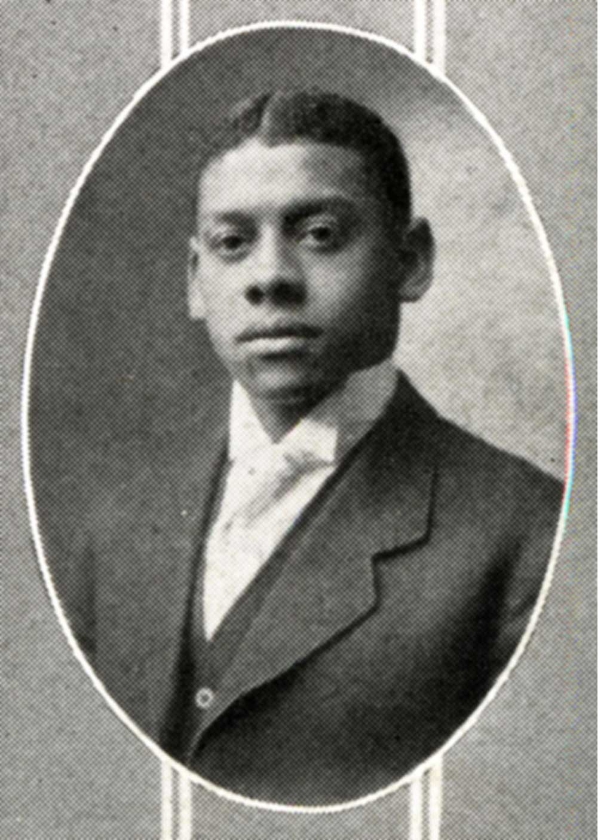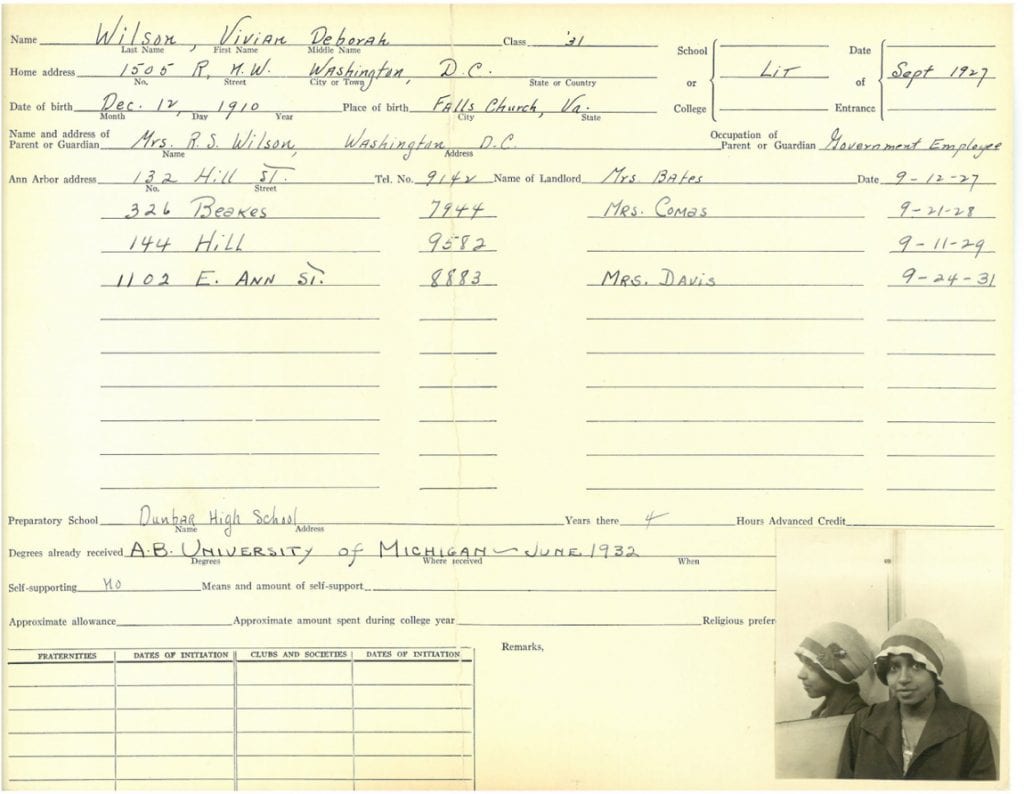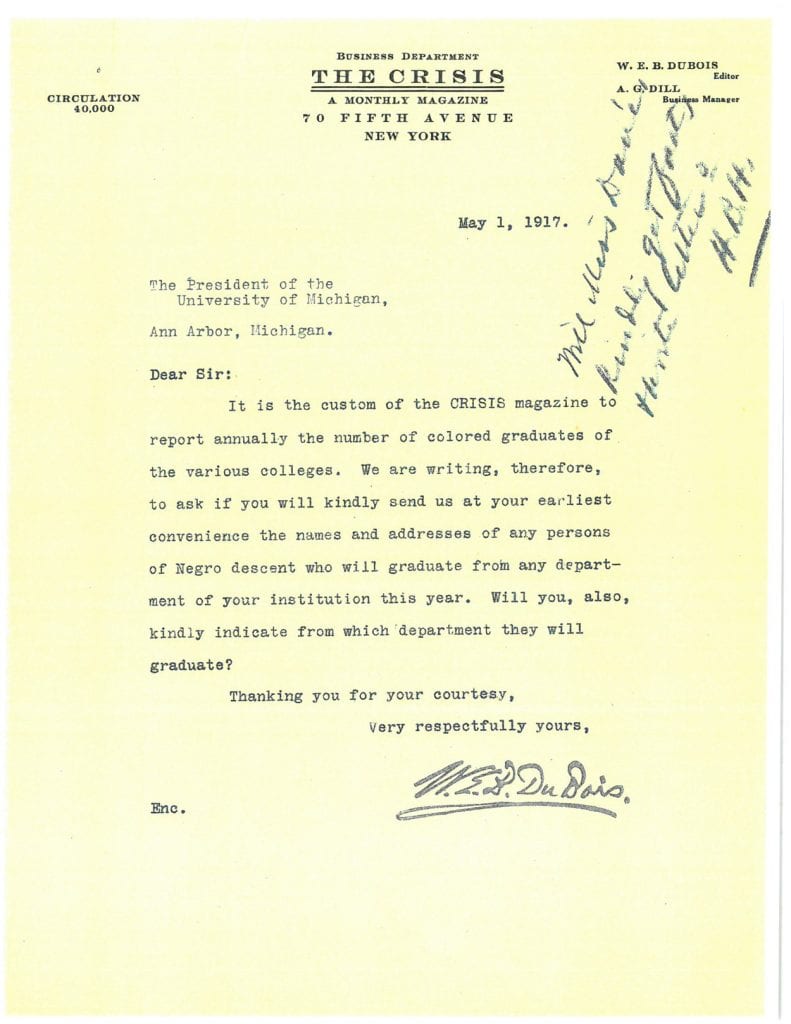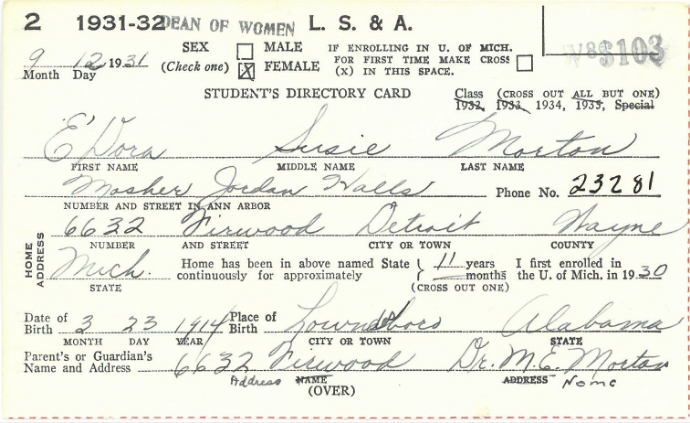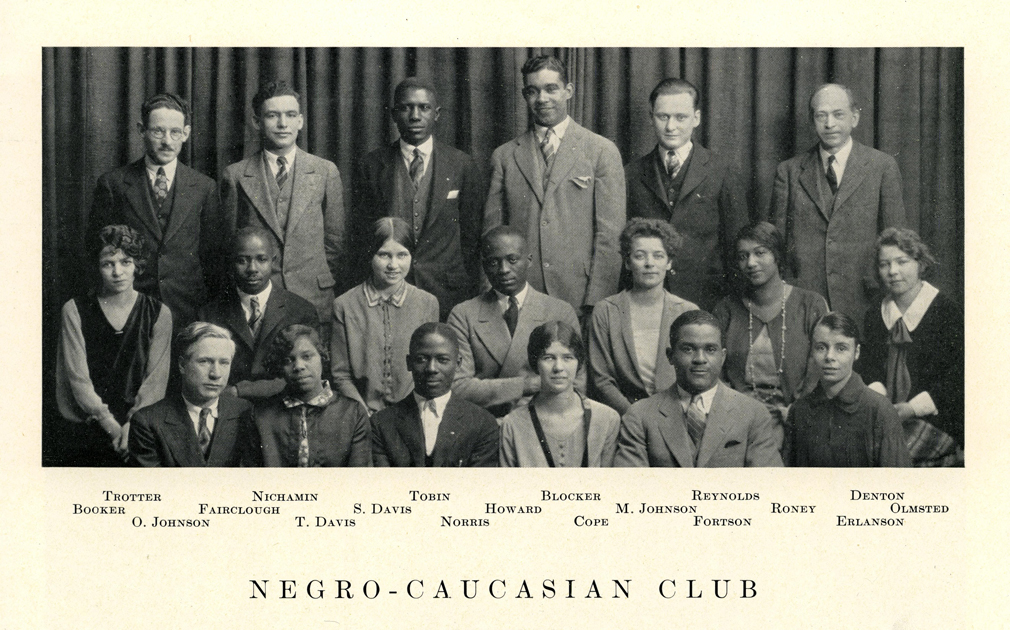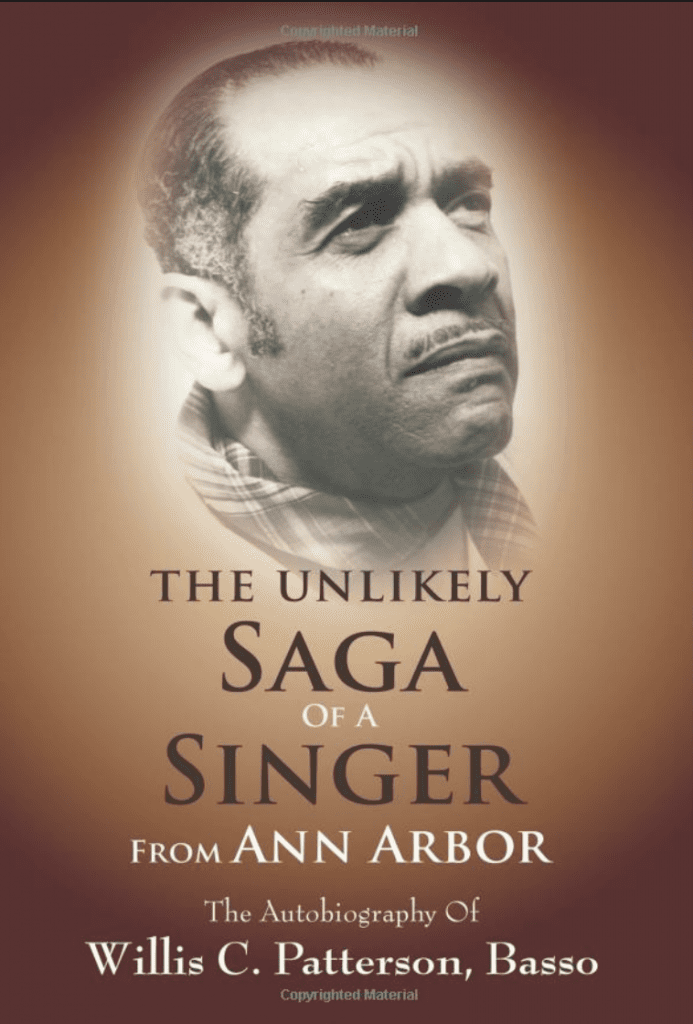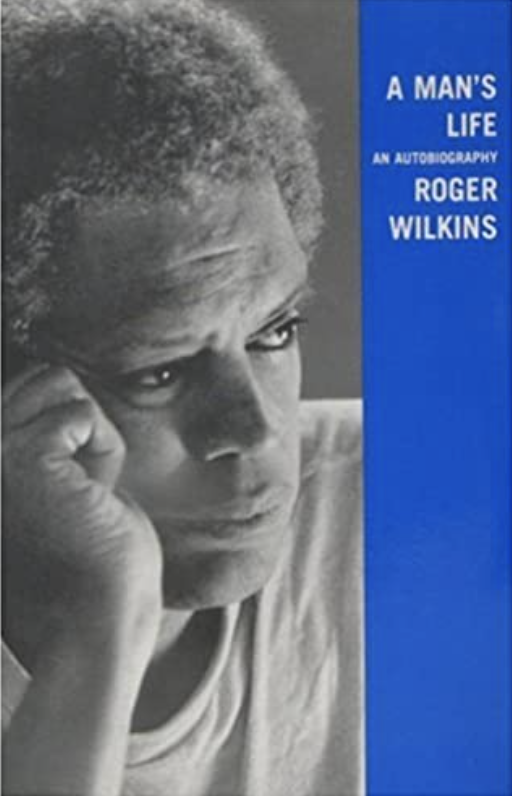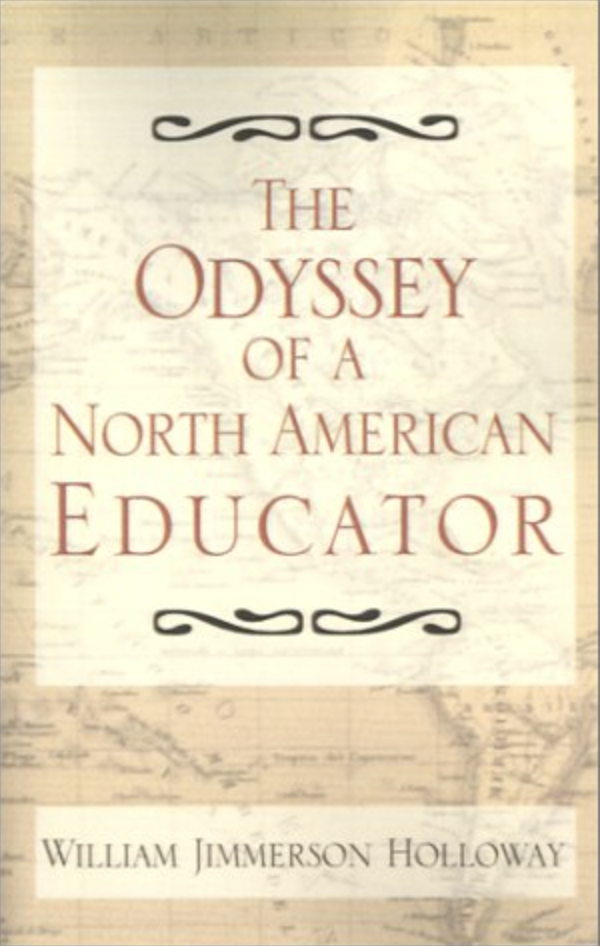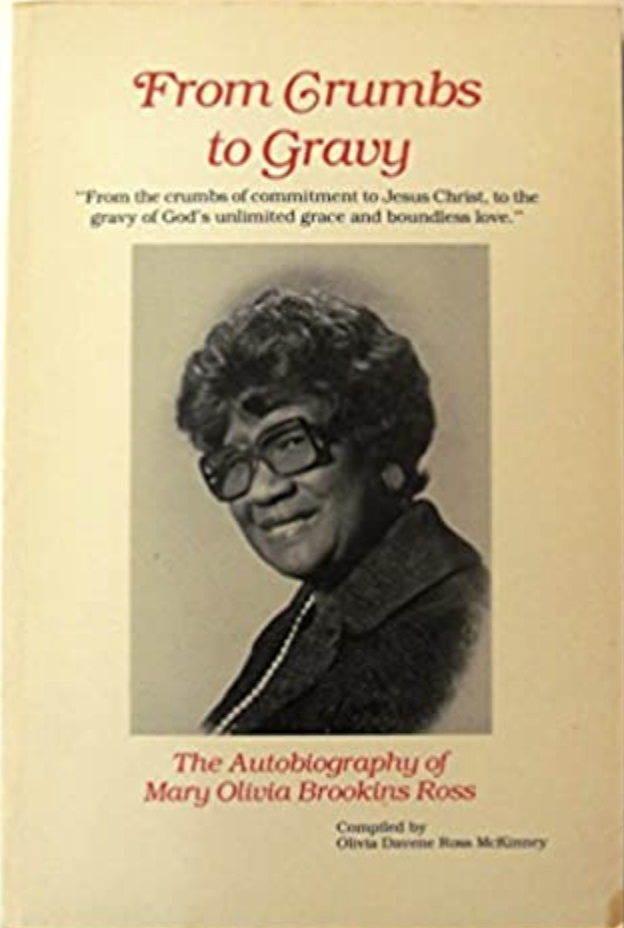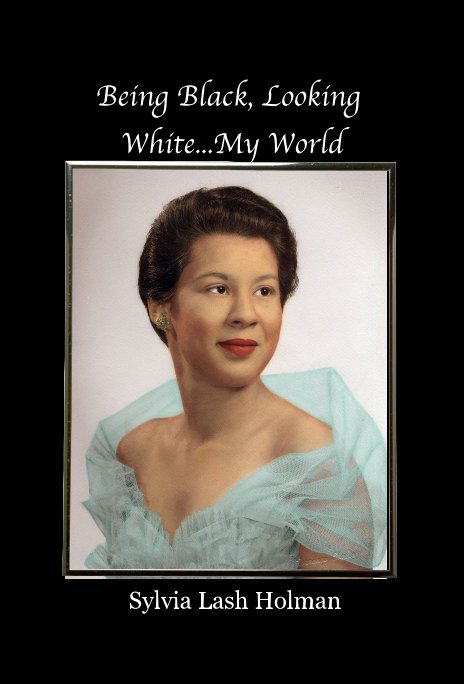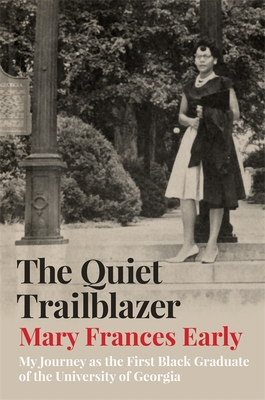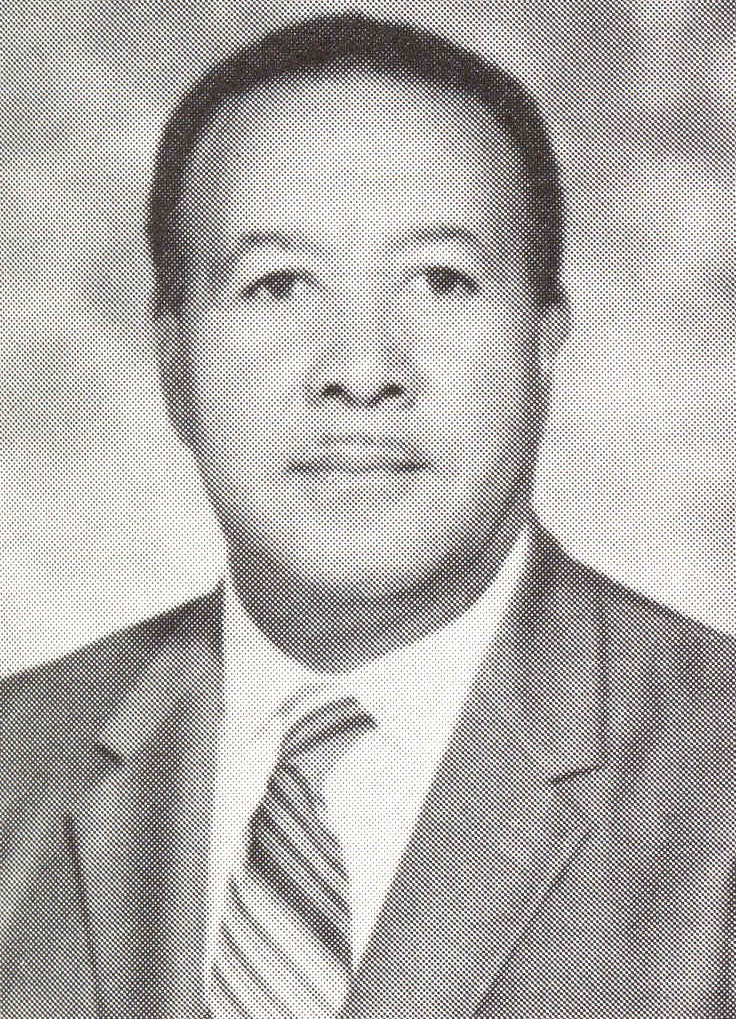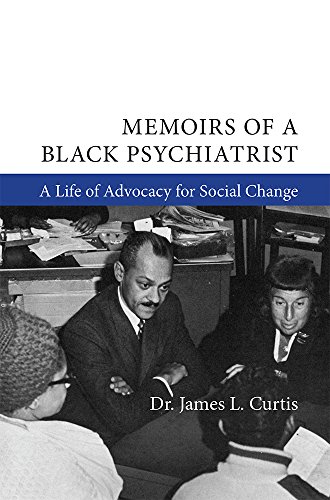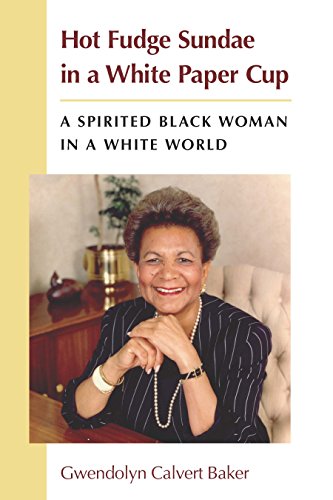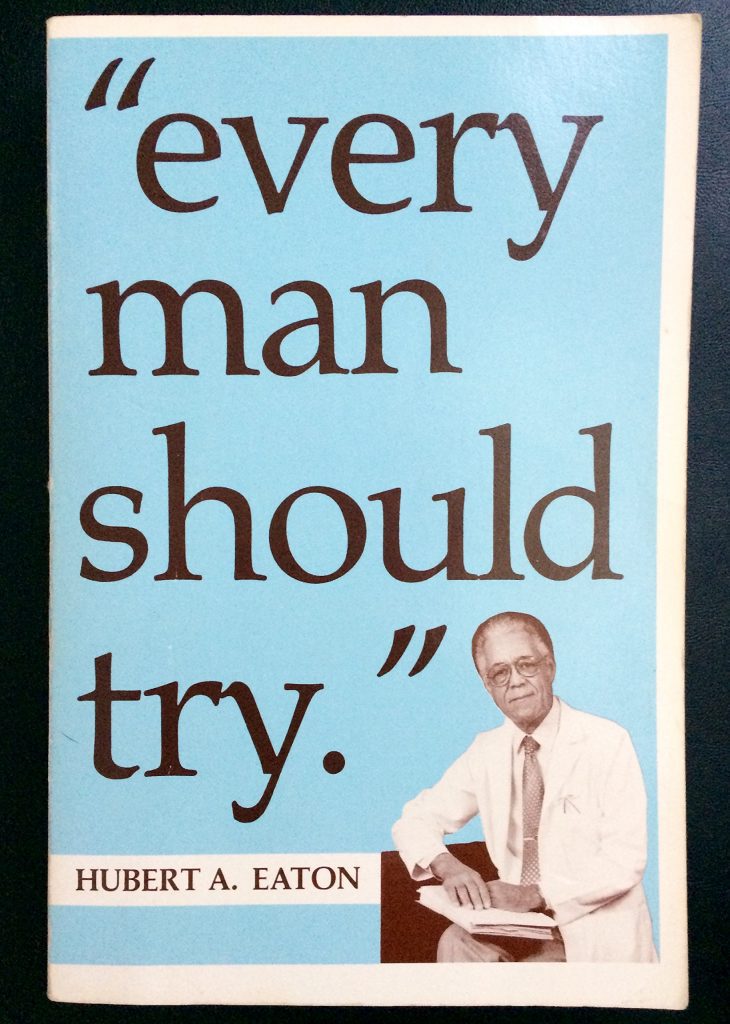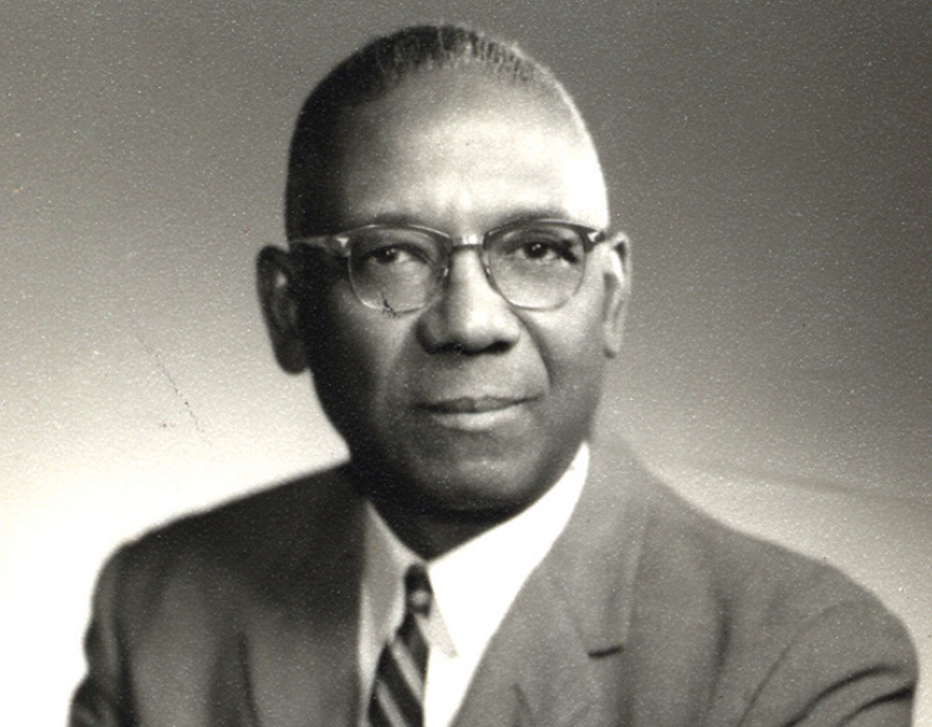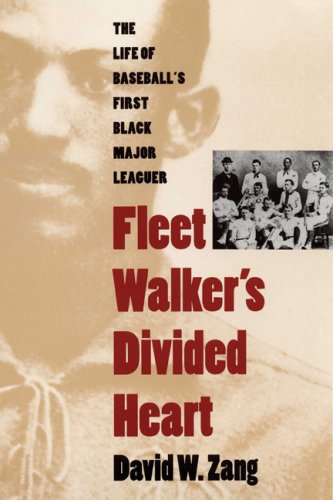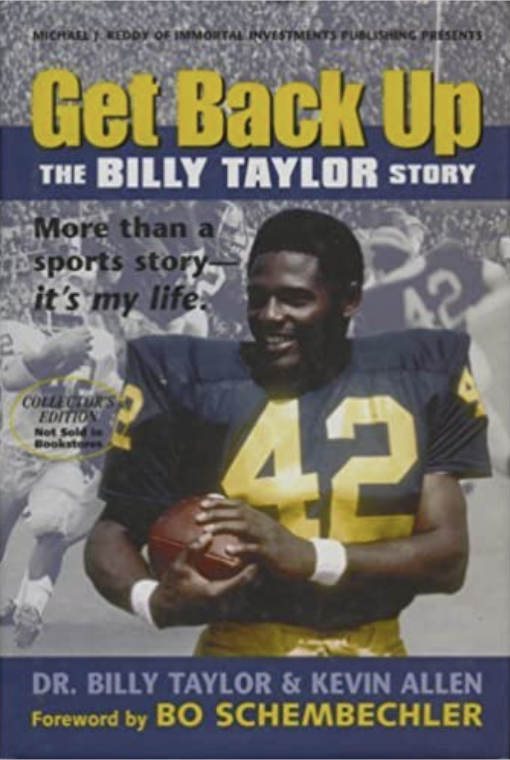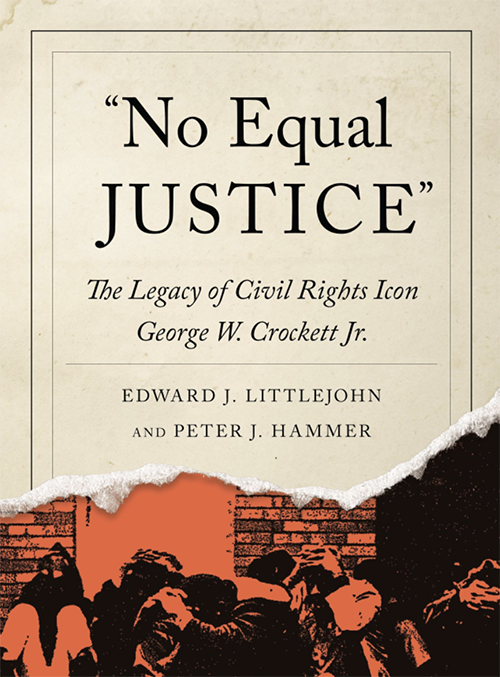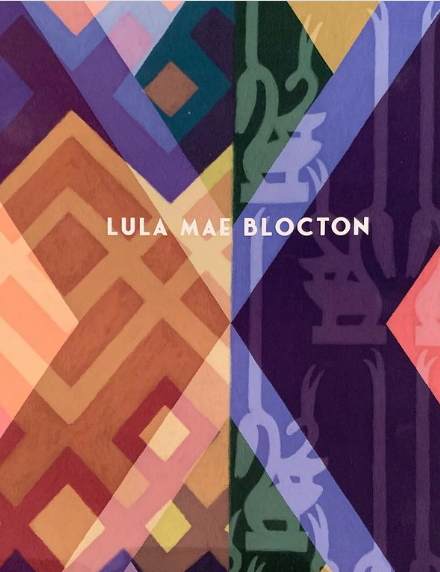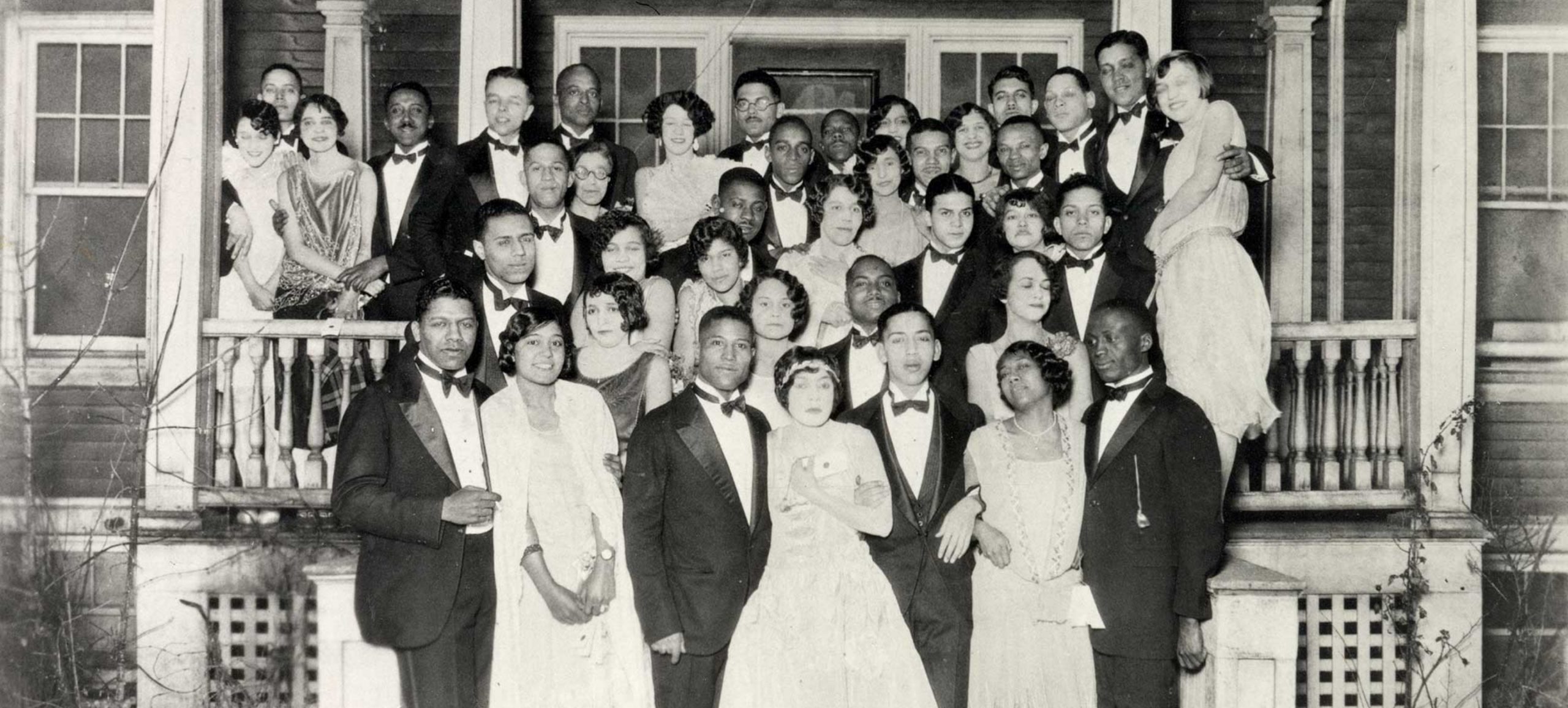

The African American Student Project
at the University of Michigan
Let Every Story Be Told
The mission of the African American Student Project is to identify every African American student who attended the University of Michigan from its founding in 1817 to 1970. You can use this site to learn more about the project, explore the names and data that have been uncovered to date, and share your stories.
Welcome to the African American Student Project
A message from Angela Dillard, the Richard A. Meisler Collegiate Professor of Afroamerican & African Studies, History, and in the Residential College, the Chair of the Department of History, and a member of the executive committee of the Bentley Historical Library.
As a member of the executive committee of the Bentley Historical Library (BHL), I invite you to join us in the BHL community as we launch a new, long-term project on the history of African Americans at the University of Michigan.
This project begins, as it should, with the lives of African American students at the University, and we are calling this website, appropriately, the African American Student Project.
Here you will find a database listing the names and years of attendance of every African American student who attended the University for any length of time from 1853 until 1980. In structuring the list in this way, we follow the practice of the Alumni Association of the U-M (UMAA), which defines an alum as anyone who attended the University for any length of time. This is the first installment of this database, and we intend to add to it as more data become available.
Here you will see a collection of stories, autobiographies, and biographies about some of the remarkable African American students who attended the University and the diverse nature of their experiences.
For most of the University’s history, these experiences were a combination of institutional barriers and the determination to overcome them.
One problematic factor for African American students was finding housing. It was not until 1915 that the first dormitories—for women—were built on the campus and, prior to that, all students had to find places to live in local boarding houses. Here you will see a map of the ways in which African American residences were segregated between 1853 and 1973. Even when more dormitories were added during the 1930s, for both men and women, they were significantly segregated. You can read a story here about the separate housing that the University itself maintained for African American women.
And we ask for your help with this project.
- Please use the database. Is there incomplete or incorrect information there involving your family and friends? If so, use the form below to contact us.
- Please share stories with us. Are there people who should be highlighted on this website? Tell us who through the form at the bottom of the page.
- Please consider donating your archives to the Bentley Historical Library. Historical records of African American students, their living situations, their organizations, and their overall experiences on this campus are sadly rare. We need to make it possible for succeeding generations to be more familiar with the stories than our own has been.
- Finally, keep in touch! We will be adding information to this database continuously and we will update you on our collective progress.
Thank you for joining us on this exciting historical journey.
Collaborations and Contributions
Do you have a direct connection to this research or a critical story we should know about? Collaboration is essential for this project and we want to hear from you.

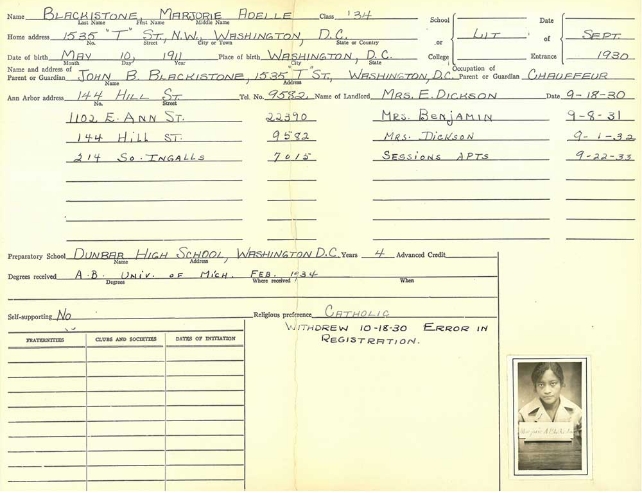
Student information card for Marjorie A. Blackistone.

Search for Names
The African American Student Database
Start here by searching our database containing almost 9,500 names of individual African American students. You can also click “advanced search” to query data fields including hometowns, local addresses, degrees earned, membership in fraternities and sororities, and much more.
Submit Corrections, Additions, or Omissions to the Database
Because the University didn’t track students by race prior to 1980, these names have been compiled through robust research. That said, there may be names we may have missed, corrections to be made, or other relevant information to contribute. If you have contributions or corrections, we are eager to hear from you.
A New Lens on African American Student Housing Data
Mapping where African American students lived brings the nature of housing segregation into sharp focus. With the help of University of Michigan Visualization Librarian Justin Joque and his team, the mass of collected information on local addresses and events was integrated with a 1930 Sanborn insurance map of Ann Arbor, overlaid on a large regional map, and used as the basis for mapping the addresses.
